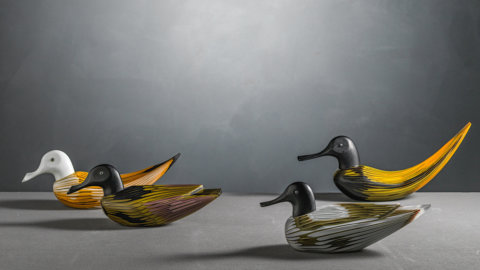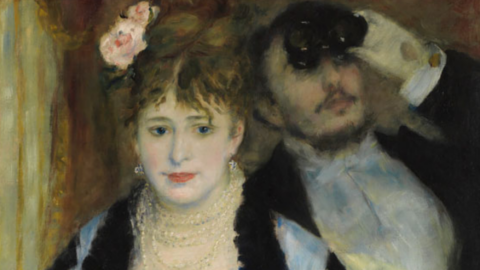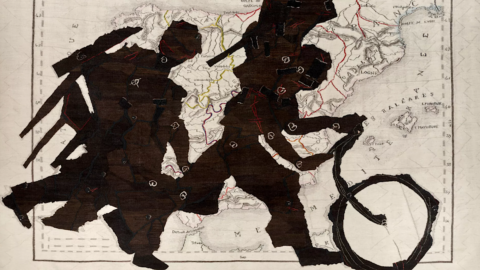For its centennial the historical Murano company Venini presents an exhibition curated by Marina Barovier and dedicated to Tapio Wirkkala and Toni Zuccheri.
Two exhibitions set up in the same space with 200 glass works which tell the story and experiences of two great artists who worked in the furnace in the mid-sixties: Tapio Wirkkala and Toni Zuccheri. Artists who knew how to propose new models without renouncing the use of color and inserting creative and stylistic concepts from the world of design.
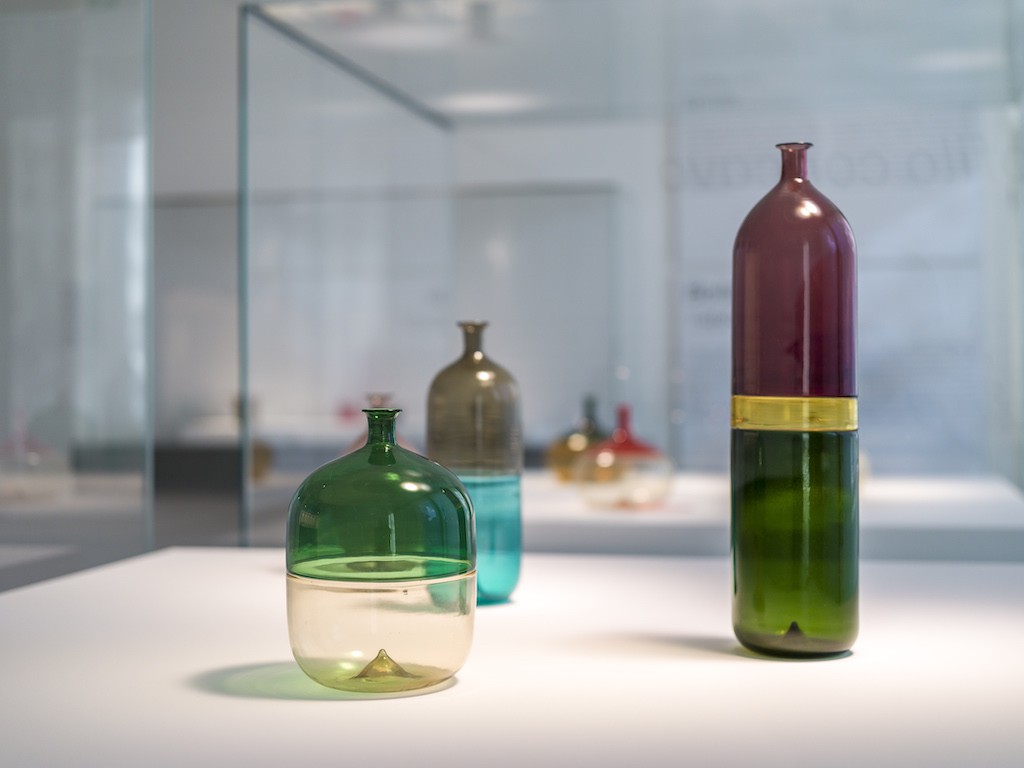
Tapio Wirkkala at Venini, installation view, ph. Enrique Fiorese. © TAPIO WIRKKALA, by SIAE 2021 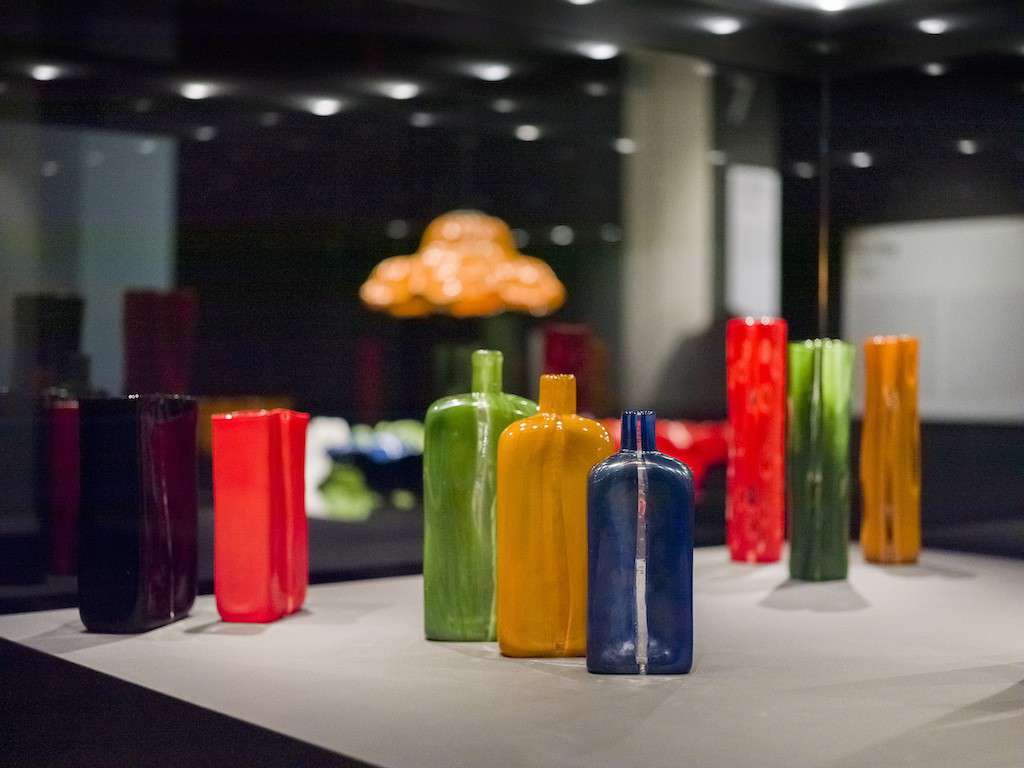
Toni Zuccheri at Venini, installation view, ph. Enrique Fiorese
Throughout the opening period of the exhibitions, the video room of LE STANZE DEL VETRO will screen the documentary film on Toni Zuccheri Pezzi Sparsi by Marta Pasqualini produced by Pentagram Stiftung in 2016, and the documentary on Tapio Wirkkala Tapio Wirkkala, The man who designed Finland .
Furthermore, from December 2021, the 3D virtual tour of both exhibitions will also be online, which will allow the public to visit them for free even from home with textual, photographic and video insights.

The work of Tapio Wirkkala
The famous Finnish designer Tapio Wirkkala made his debut at the Venice Biennale in 1966 where the elegant results of his work could be appreciated. Strengthened by experience in the world of Nordic glass at the Iittala manufacture, Wirkkala combined his culture with the typical Murano workmanship, from which he was fascinated, which offered him
new expressive possibilities: he gradually became familiar with the filigree technique and with the "discovery" of color, he often resorted to the incalmo technique for the execution of polychrome artefacts in transparent glass, combining different colours, mainly with cold tones, but also with lively notes. Examples of this are, among others,
the Medusas made in submerged filigree, the Pianissimo vases, the Gondoliers, with essential shapes such as the Koreans and the very famous Bubbles, the latter series destined to a great consensus. Characteristic of his research is also the use of large murrine, which he used in particular for the execution of a series of dishes. In a
continuous work, the subsequent series were born from further experiments with the use of moulds, especially in the new plates, and from variations on the theme of filigree often combined with opaque glass.

The work of Toni Zucccheri
Experimentation on the glass material and on the manufacturing processes are instead the distinctive notes of Toni Zuccheri who, while still a student of architecture, came to Venini called to give shape to a glass bestiary, presented at the 1964 Biennale. They are ducks in polychrome glass together to unpublished animals in glass and bronze (turkey and guinea fowl) to which was added an original hoopoe with countless heat-worked feathers and a sculptural value. This first bestiary is flanked by some series of vases that demonstrate Zuccheri's investigation into the possibilities of transparency, followed in the following years (1967-68) by new opaque glasses with intense colors and an organic line, inspired by the plant world (Tronchi , Water Lilies, Sculpted). From the end of the XNUMXs, the glass bestiary was enriched with new models, reconfirming Zuccheri's interest in this theme, declined in a never predictable way. Of great interest is also the work that the artist carried out during the sixties on thick glass for the creation of the famous large glass windows for and with the architect Gio Ponti.
Cover image: Ducks and Wigeon in polychrome glass, Toni Zuccheri for Venini, 1979

